Khecheopalri Lake: A Sacred Lake & Pilgrimage Site in Sikkim

Khecheopalri Lake, one of the most sacred lakes in Sikkim
Talking about the lakes of Sikkim, Sikkim is home to holy lakes. Most of the lakes in Sikkim are located on picturesque mountain ranges; each lake has its own magical power that attracts tourists immensely. That’s how I also got attracted to the enchanting beauty of a natural lake in Sikkim and visited that lake several times, named Khecheopalri Lake.
This lake is considered one of the holiest lakes in Sikkim. The lake is a very popular destination for domestic and international tourists and pilgrims due to its rich biodiversity, surrounding natural beauty and solitude, and many religious beliefs and cultural values associated with it. This blog post has tried to provide some information about my travel experience to Khecheopalri Lake (also known as Wishing Lake).
Is it a natural or artificial lake?
The Khecheopalri Lake is a natural lake, and it was formed more than 3500 years ago by the scooping action of an ancient hanging glacier. It is one of the oldest lakes in Sikkim. It is located between Gyalshing and Yuksom in Sikkim and is surrounded by hills and dense forests of temperate flora and bamboo.
The story of the naming of this sacred lake?
Khecheopalri is a combination of two words (Khecheo and Palri), where Khecheo means Flying yogini or Taras and Palri means Palace.
The lake was originally named Kha-Chot-Palri (meaning the heaven of Padmasambhava). Locally known as Sho Dzo Sho, which means Oh Lady, Sit Here.

A sacred lake – many folklores associated with it
Many folktales and religious beliefs are associated with the shape, existence, and sanctity of Khecheopalri Lake. Some of the popular ones are brought up below.
The Sacred Lake represents the thorax of the human body
Khecheopalri Lake is an integral part of the Demazong (meaning a valley of rice) valley. Local people believe that locally produced rice is able to meet their food needs.
This Demazong valley is also known as the land of hidden treasures, blessed by Guru Padmasambhava, who is highly respected and worshiped by Sikkimese Buddhists.
Demazong Valley is connected to four religious sites, each of which is considered to represent four plexuses of the human body. The below image represents the details of Demazong.

Abode of the Goddess Tara Jetsun Dolma
According to Buddhism, this Khechiopalri region is the sacred abode of the goddess Tara Jetsun Dolma, who is the mother of Lord Buddha. Also, she is the protector of the Lepcha community and surrounding hills. The shape of the Khecheopalri lake indicates the footprint of the goddess. Lake is also worshipped as the goddess Chho Pema.
A Sacred Lake and Hindu Lord Shiva
According to Hindu mythology, Lord Shiva meditated in the Dupukney cave, located just above the lake. The lake represents the footprint of the Hindu god Shiva. Hindus often visit Khecheopalri Lake, as these lakes and caves are very sacred to them. Hence, every year on the auspicious day of Nag Panchami, Lord Shiva is worshiped at the lake site.
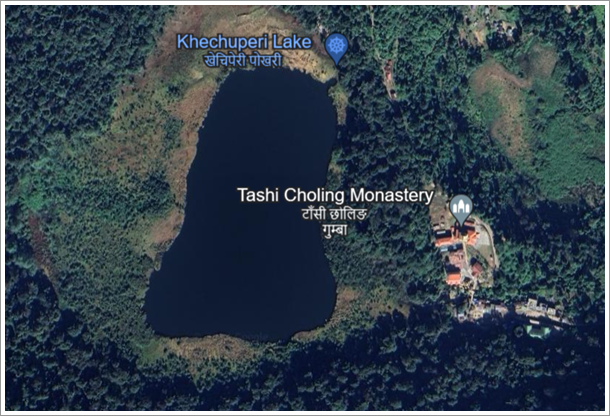
A local folklore about the lake – where birds keep a watch
According to local folklore, if a leaf falls on the surface of the lake, bird will pick it up and keep the lake clean, thereby maintaining the purity of the water. It is true that, despite the dense forest surrounding the lake, the water is surprisingly clear.
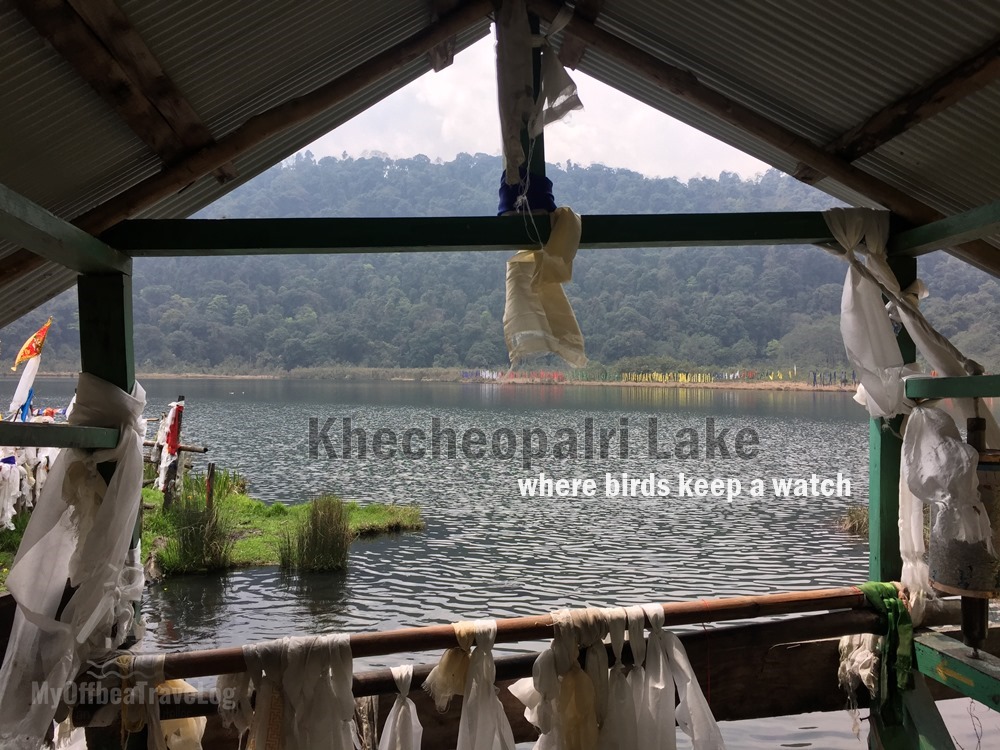
A folklore about why this lake is also known as “Wishing Lake“
According to another folklore, the Lepcha girl named Nenjo Asha Lham received a precious gem as a blessing from the goddess of the lake, which was unfortunately lost. But local people believe that the gem is still inside the lake.
Besides, lake water has healing properties for many diseases. It is also called the Wishing Lake.
So, the local people always try to keep the lake clean to protect its sanctity.
and there are still some folklores left…
The religious significance of Lake
As many folklores are associated with this lake, it is religiously significant to both Buddhists and Hindus.
Topography of Lake (Approx. Measurement)
| Elevation | 5,600 Ft. |
| Age | 3,500 years old |
| Catchment Area | 12 Km2 |
| Surface Area | 3.79 hectares |
| Average Depth | 7.2 Meters |
| Village | Khecheopalri village |
| District | West Sikkim |
Khecheopalri Lake Timings & Entry Fees
6.00 am to 6.00 pm (All days of the week)
Entry Fees: INR 20 (fees may vary)
Essential Information of Khecheopalri Lake
Nearest Airport:
International: Bagdogra Airport (IXB), WB
Domestic: Pakyong Airport (PKY), Sikkim
Nearest Main Railway Station: NJP
Nearest Town: Pelling
Village: Khecheopalri
Distance from Khecheopalri Lake (Approx. Measurement)
| Destination | Distance (KMs) |
| Gangtok | 148 |
| NJP Railway Station | 155 |
| Bagdogra Airport (IXB) | 161 |
| Siliguri | 150 |
| Pakyong Airport (PKY) | 131 |
| Yuksom | 26 |
| Singshore Suspension Bridge | 46 |
| Pelling | 32 |
| Rinchenpong | 64 |
| Ravangla | 68 |
| Tashiding | 43 |
| Hee Burmiok | 50 |
| Pemayangtse Monastery | 27 |
Local communities around the lake and their livelihoods
About 440 people live in this lakeside village. Most of the people here are from the Lepcha community. The Bhutia community used to live in this area many years ago, but now this community is almost extinct here. There is a folk tale about the extinction of the Bhutia community.
There is a significant relationship between the ecosystem of the lake and the beliefs of the local communities.
The main livelihood of the people living here is agriculture, and cardamom is a cash crop here.
Now the importance of ecotourism is realized by the locals, who realize that ecotourism can not only provide financial benefits but also control the degradation of biodiversity in the Yuksom-Dzongri-Goecha La trekking corridor (45 km) along the lake.
So, some people are involved in tourism. Locals started homestays as a new source of income. Besides, they also earn money by running fast food stalls and small shops in front of the entrance to the lake.
Way to Lake
A walk around Khecheopalri Lake in its natural beauty and peaceful surroundings is a great tranquil experience.

There is a wooden jetty that leads to the lake front where visitors pray and offer incense. The prayer wheel beside the jetty, colorful flying prayer flags and Tibetan inscriptions add to the beauty of the place.
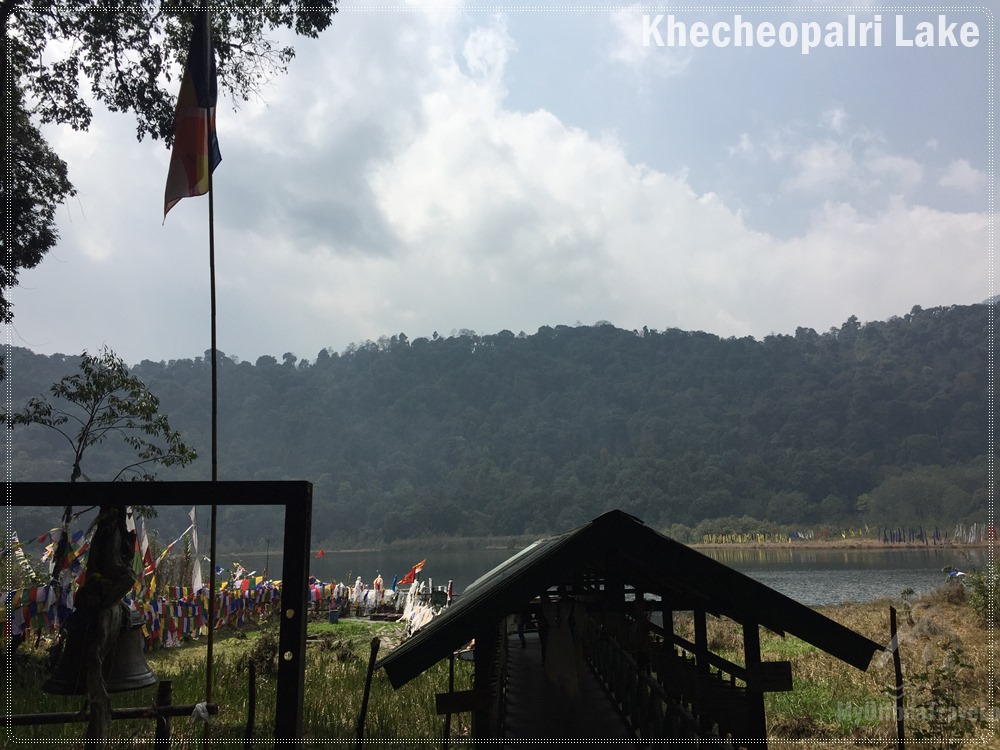
There is a small Buddhist temple on the lake premises and a stupa with numerous flying prayer flags around it, where you can spend some time in meditation.
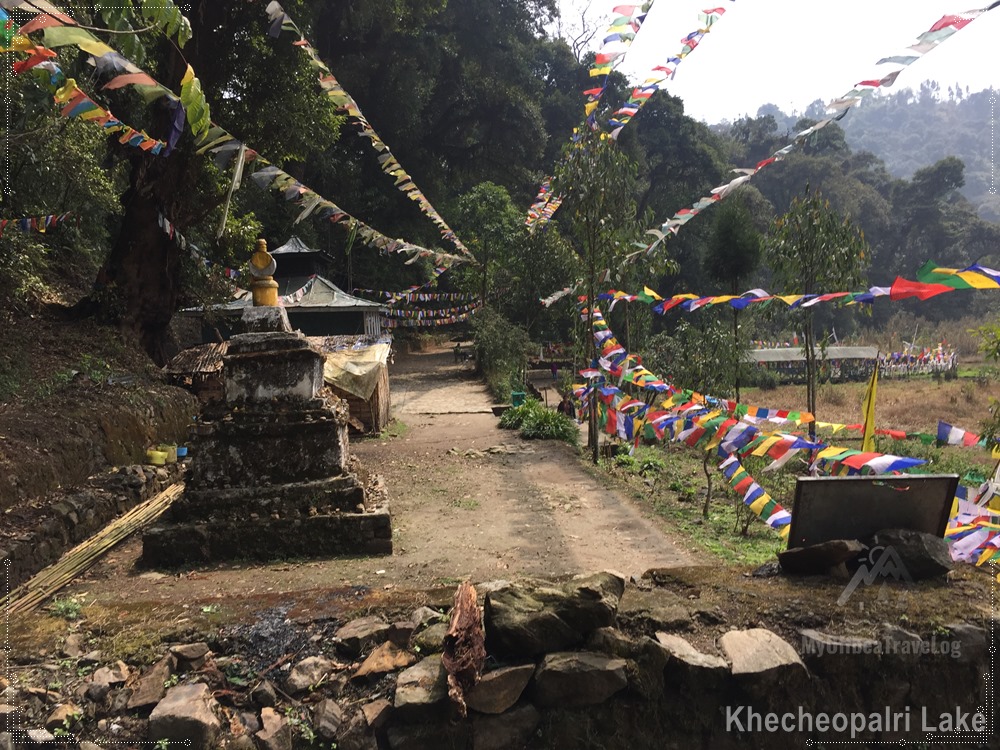
Khecheopalri Monastery & beautiful village: There is a small but beautiful Lepcha monastery on top of Khecheopalri hill and it is said that you get a full view of the lake from there.
After a 30-minute uphill walk from the lakeside, the natural beauty surrounding the village and monastery is simply unforgettable.

Where to Stay
As Khecheopalri Lake is a sacred lake, every year a large number of domestic and international pilgrims come here to witness the popular fair.
Most homestays and guest houses are run by local families. A Pilgrim Hut is also available here.
There are many trekking routes from this lake, so many trekkers come here every year. So, there is a trekker’s hut under the tourism department of Sikkim.
You can book all types of accommodations online or directly.
- Khecheopalri Sanctuary Home Stay
Host: Mr. Latop Tshering Bhutia
Phone: +91 81457 02994 - Sonam Homestay
On the top of a hill (right next to the Khecheopalri Lake)
Phone: +92 97355 89678 - Lake View Nest Eco Retreat & Homestay
Near Khecheopalri Gumpa
Host: Chumden Bhutia & Deepen Pradhan
Phone: +91 97359 45598
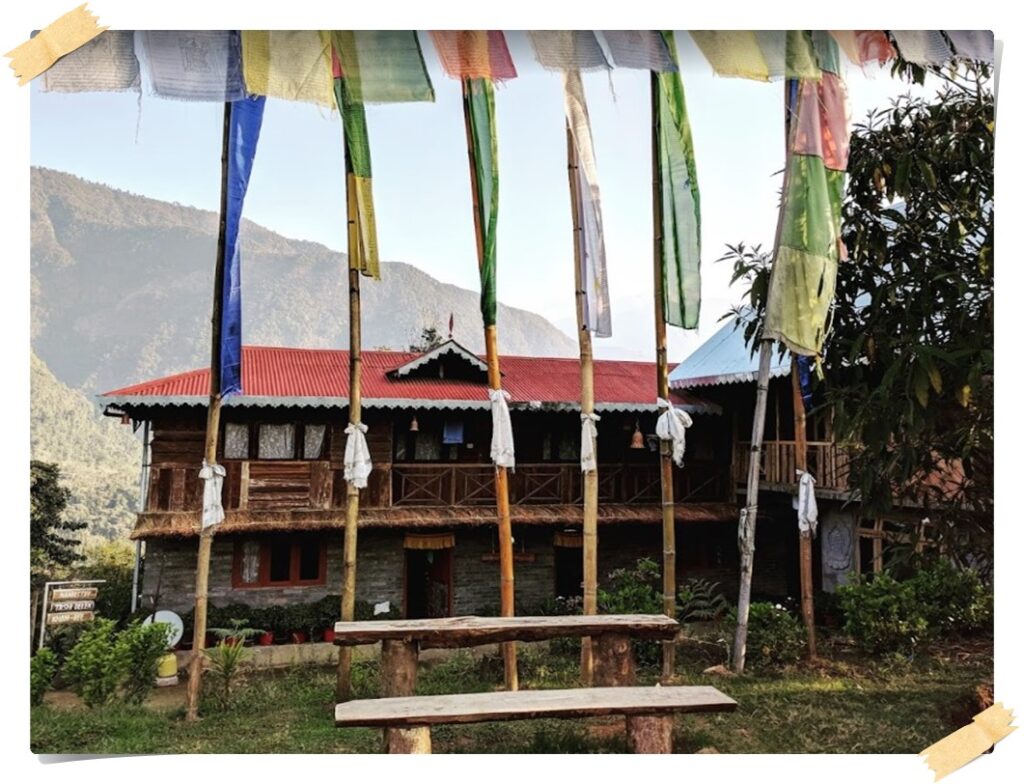
Popular Festivals
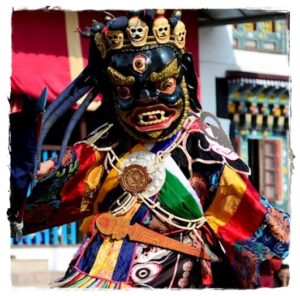
It is a two-day annual festival (basically a religious fair) held near the lake during the local Maghe Purne (March or April) and is one of the largest religious festivals in Sikkim. Besides Sikkim and other states of the country, devotees from Nepal and Bhutan come to participate in this festival.
Pilgrims offer food to the lake and carry pure lake water as prasad. During the festival, they float butter lamps in the lake on bamboo boats tied with khadas (sacred scarves). In the evening, they pray as a sign of faith, along with many other food offerings. Through this festival, the goddess of the lake is worshiped to maintain peace and harmony in the village.
Various games are organized during the festival, and various stalls sell food, traditional clothes, and other handicraft items. Besides, a large number of holy books, prayer flags, rosaries, and images of various gods and goddesses are also sold.
So, this festival is not only for religious purposes but also has a recreational aspect.
Chho-Tsho: This popular annual festival is also celebrated at Khecheopalri Lake. This festival is actually a sign of gratitude to the gods. Locals celebrate this festival in the month of October after harvesting the cardamom in the region.
Nag Panchami: During this time, many Shiva devotees visit the lake to worship Lord Shiva, because Lord Shiva meditated in Dupukney Cave as per Hinduism. Some also believe that the lake formed when Lord Shiva stepped on the ground.
A paradise for migratory birds
The lake serves as an important resting place for migratory birds from and to Himalayan areas.
Birds including the ruddy shelduck, tufted pochard, Baer’s pochard duck, little grebe, black-necked grebe, common merganser, common teal, and black-tailed crake are seen at Khecheopalri Lake during the winter season (November to March).
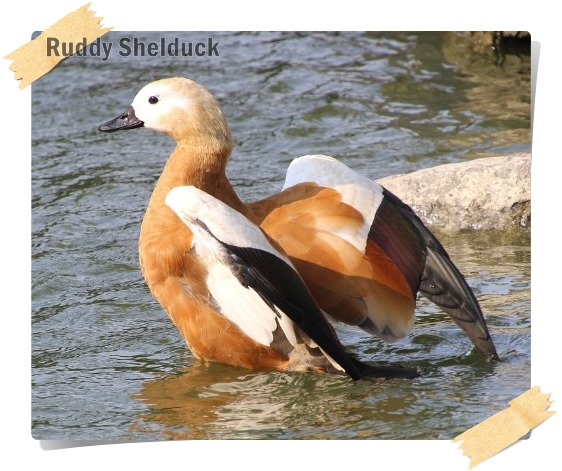
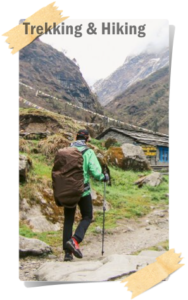
The rich biodiversity of the Khecheopalri lake attracts not only many tourists but also adventure lovers and hikers.
There are many trails near this lake, which is one of the attractions of this lake. Hence, many hikers and trekkers gather here.
Khecheopalri Lake Loop: Adventure lovers can enjoy this popular 1.8-km loop trail near Gyalshing, Sikkim. It takes an average of 43 minutes to complete.
Pelling to Tashiding via Khechopalri Lake and Yuksom: The famous trek is also called Monastic Trek, which offers a visit to some of the historical and oldest monasteries in Sikkim and enlightens the visitors about Lama customs and daily life.
Khecheopalri Lake to Yuksom Hiking: Yoksum was the ancient capital of Sikkim. Also, this offbeat place is famous for offering the best trekking start-off point for high-altitude trekking.
This trail is an awesome trail for a day hike, and it takes almost three and a half hours to complete the hike. During your hike, you can mingle with the villagers of the remote villages and enjoy the pristine nature and indigenous culture.
Useful Link:
Adventure tourism (Government of Sikkim)
Nearest Attractions
- Buddhist Religious Sites
¤ Dubdi Monastery,Yuksom: The oldest monastery in Sikkim.
¤ Pemayangtse Monastery, near Pelling
¤ Rabdentse Ruins: It was the second capital of Sikkim and established by the Chogyal II.
¤ Sanga Choeling Monastery, Pelling
¤ Tashiding Monastery - Sidekeong Tulku Bird Park: This park is Located at Rabdentse in West Sikkim.
- Singshore Bridge: This is the highest bridge in Sikkim and the second-highest suspension bridge in Asia.
- Kanchenjunga Waterfalls
- Rimbi Waterfalls
- Pelling Helipad
- Dentam Valley
- Darap Village
- Rinchenpong
- Hee Burmiok
- Kaluk
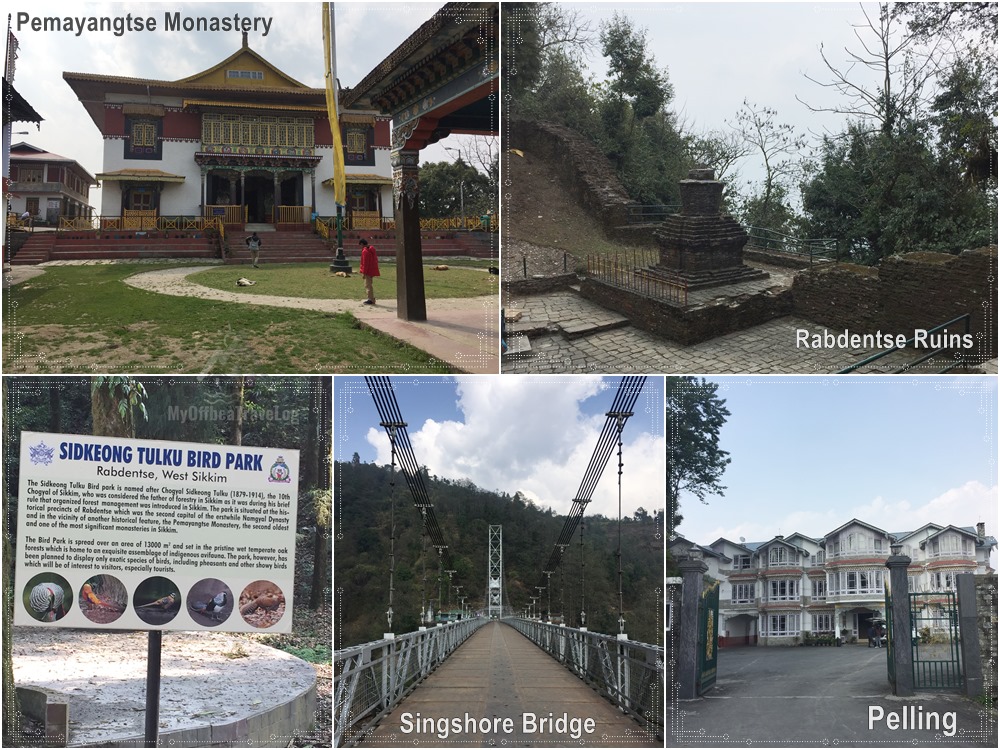
![]() You can see some selected stunning photos & videos by clicking on the blog’s Instagram, Facebook and X(Twitter). Also, click the Gallery Section of this blog for only photos. I hope you will like those.
You can see some selected stunning photos & videos by clicking on the blog’s Instagram, Facebook and X(Twitter). Also, click the Gallery Section of this blog for only photos. I hope you will like those.
Weather & Best time to Visit

The climate of the lake region is monsoonal. Temperatures typically range from a high of 24 °C (75 °F) to a low of 4 °C (39 °F).
Heavy rainfall is seen in this region during the monsoon season. Hence, tourists avoid the monsoon season. But the lake can be visited from October to May.
October to February is the best time to visit the lake, as the scenic beauty of the lake and its surroundings increases during this time, and a lot of migratory birds migrate here.

Θ Beware of leeches near lakes.
Θ It is better to take off your shoes before going near the lake.
Θ Do not step in the water, as it is a sacred lake.
Θ Maintain the sanctity of the lake.
Θ Do not make unnecessary noise.
How to reach
The nearest town to the Khecheopalri Lake is Pelling, which is well connected by road with Gangtok (the capital of Sikkim) and other major points (NJP, Siliguri, and Bagdogra). Private cabs are available for rent to visit the lake from any popular tourist points in Sikkim.
Most of the tourists visit the Khecheopalri Lake and surrounding attractions as part of a full-day sightseeing tour of Pelling.
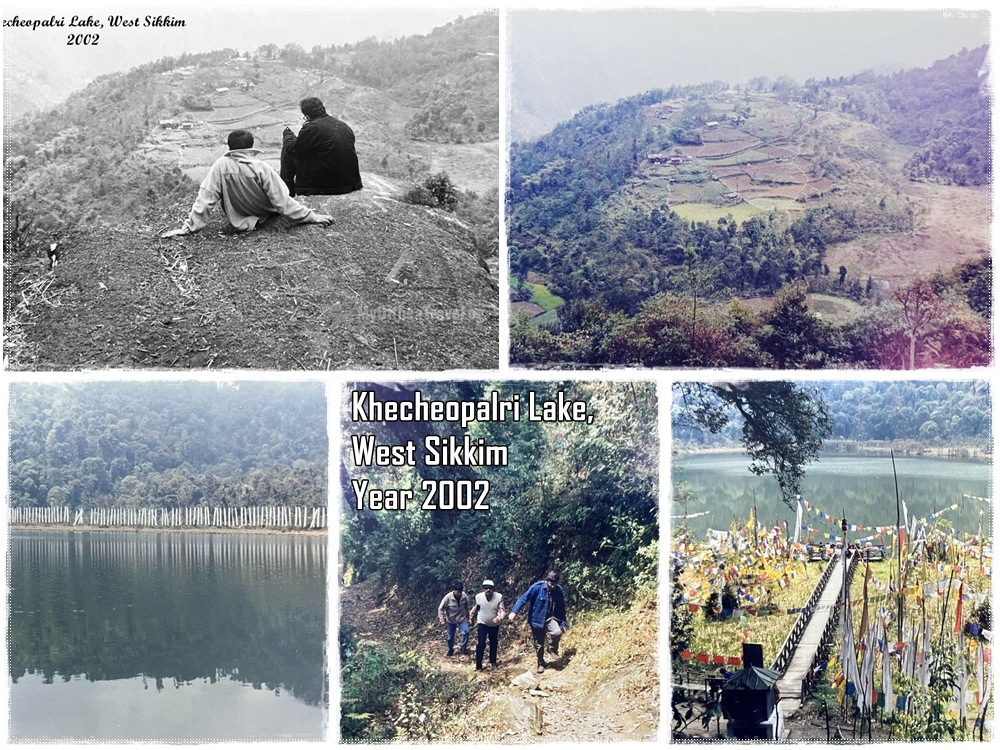
Efforts are on to save the lake…
A local NGO called the Khecheopalri Holy Lake Welfare Committee (KHLWC) and local communities emphasized tree planting, improved conservation management of the annual Khecheopalri religious fair, and enforced grazing bans in the forests surrounding the lake.
As this lake has high religious significance, it has been declared a PROTECTED LAKE by the Government of Sikkim in the year 2001 (Sikkim Notification No. 701/Home/2001/Dated 20-09-2001) and the provision of THE PLACE OF WORSHIP (Special Provision Act 1991 of Government of India. Department of Ecclesiastical Affairs, Government of Sikkim).
The Khecheopalri Pokhri Sanrakshan Samiti (KPSS) was established with help from the district administration and the forest department in 2007, and the main objective of the samiti is to protect the lake and surrounding area and control waste.
It is expected that the sanctity of this lake will be maintained in the future as well.
Archive
Tags


Very detailed and well covered
Thank you very much!